|
Last year this article was shared and greatly loved. This year, I'm adding to it to include one additional support.
Multilingual learners count on us to provide high-quality, comprehensible, and culturally responsive instruction in each lesson in every classroom. Here are 23 practical and efficient ways (in no particular order) we can support multilingual learners as they climb to become our future global leaders. *The terms multilingual, emergent bilingual, and English learner are used interchangeably in this article and also include the acronyms MLs, EBs, and ELs. This article was first published on 6/8/2018 and updated on 8/21/2021. When I first saw the graphics below that showed the diversity represented in children's books, I was stunned and appalled. You can learn more about the article here. The statistics were alarming. They reported that the majority of main characters depicted in children's books are either White or Animals/Objects. Seeing these graphics and reading about the study led me to take an audit of my own books and resources. I started by sorting out my books. I made stacks. And honestly, I was shocked and saddened that my bookshelf truly was not as diverse as I imagined. It certainly did not parallel the demographics on my campus either. This prompted action. Students benefit from seeing themselves and others in the books they read. Why? For one, because seeing ourselves outside of ourselves makes us feel visible. In this video, Rene Watson, an author and educator, shares how important it is for students to read about about characters that are like them and share similar experiences. Rudine Sims-Bishop calls these books mirrors. On the other hand, readers also need to read about a wide variety of people and experiences. Sims-Bishop calls these windows. Reading about other's lives helps us to find connections and build community. Dr. Brene Brown says, "We are hardwired for connection and without it there is suffering." We also gain much knowledge and learn empathy from seeing others in the books we read. So why aren't our shelves filled with books that have diverse characters? If you've ever questioned why your students aren't interested in the books on your shelves, you might stop to think about the types of books that are there. Do they represent your students? Can the kids connect with them? I also learned about a non-profit organization called We Need Diverse Books. Check it out. They share a lot of information including lists of diverse books. In my quest for making my shelf more diverse, I have found some great books. I'll keep adding to this and if you have suggestions, please comment and include a picture if you can. If you like what you read and would like to read more like this, you may enjoy the book Reading & Writing with English Learners: A Framework for K-5 by Valentina Gonzalez and Dr. Melinda Miller.
For several years I taught on a campus that had an ESL program. We had students from around the globe. Families literally sought out our school before signing a lease or purchasing a home because they wanted to be sure their kids would be zoned to our campus. Our program was well known for the success we had with multilingual children.
This article was originally shared on the Seidlitz Blog on April 29, 2020.
Imagine you are a second grade student born in America, and you only speak English. You’ve attended English schools until now. But your father’s job has relocated your family to France, and now you are in a classroom filled with students and a teacher who only speak French (a language you have never spoken). The science teacher hands you a book and signals for you to read it. You open the book and find that it is filled with pictures…no words. First a group of horses. A mare feeding a foal. A colt running wild. Then a group of pigs, chickens, cows, etc. Instantly, you begin to think about the information you know about animals. What they are called, where they live, what they eat, etc. Though you aren’t able to communicate this information in French yet, you are able to follow along with the class and think in English using the schema and background knowledge you have about animals. Why Use Wordless Picture Books? |
Categories
All
|
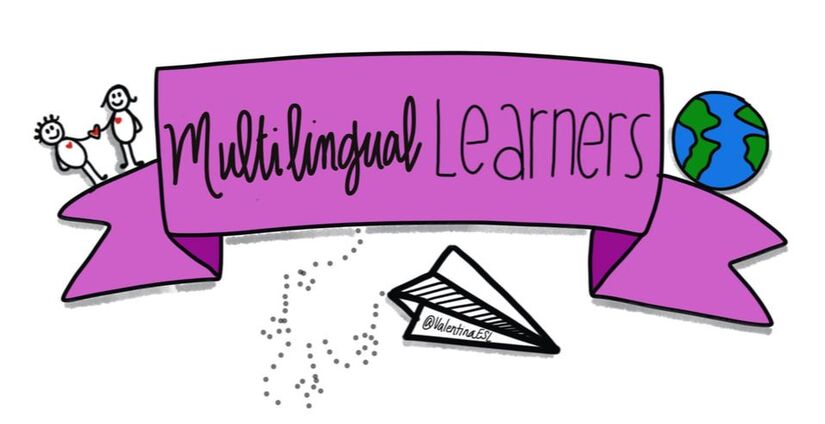
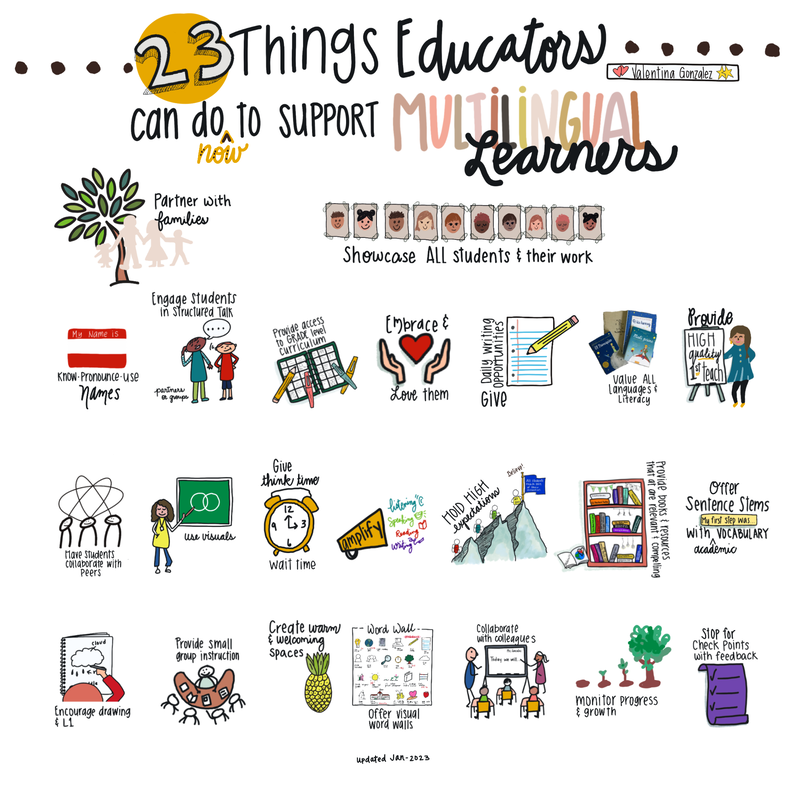
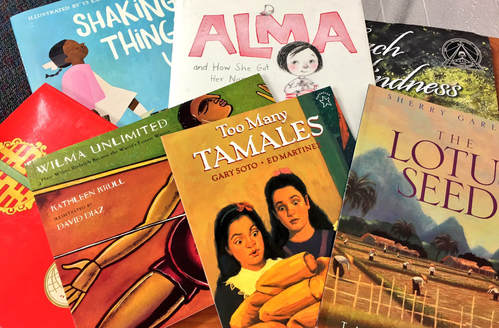
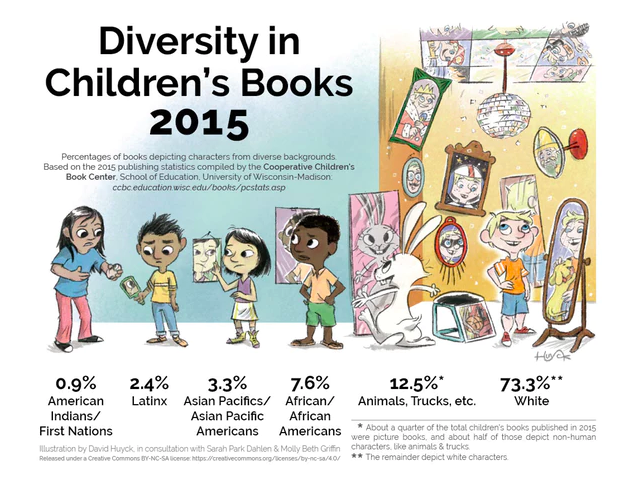
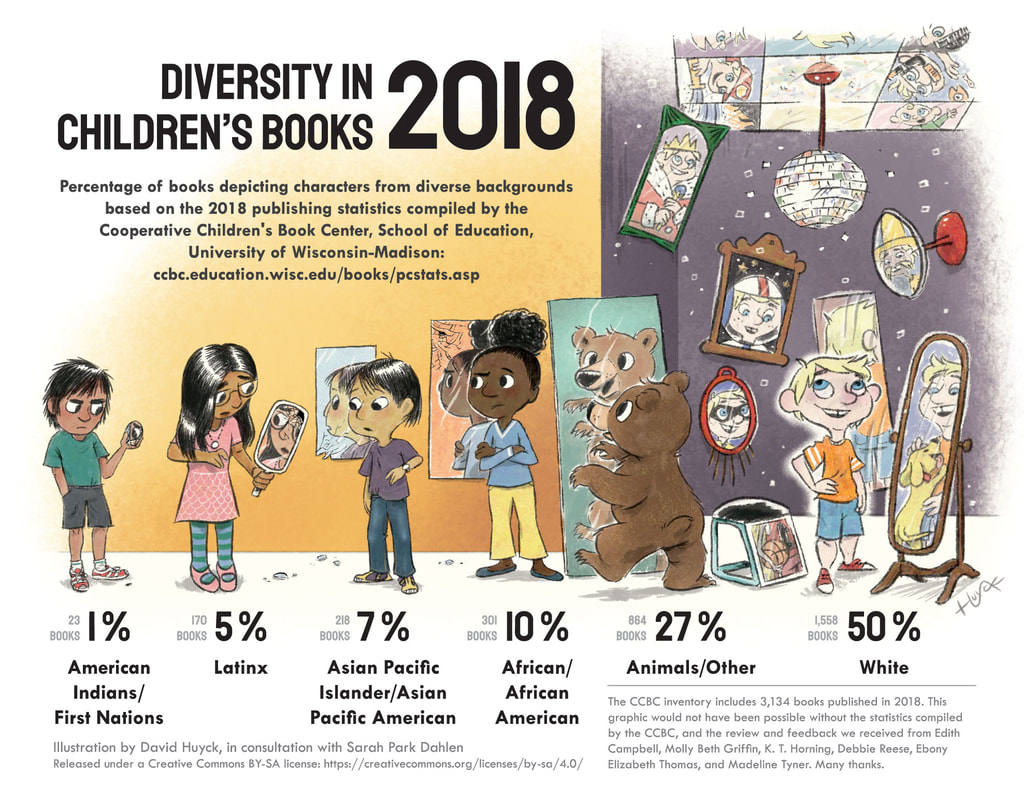
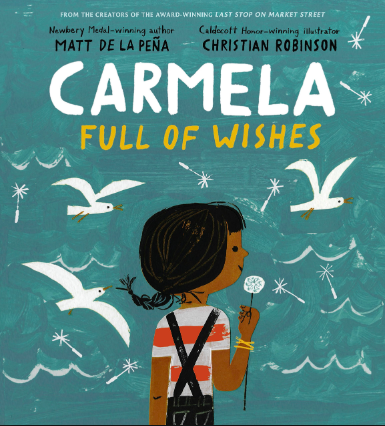
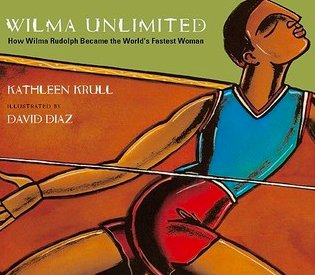
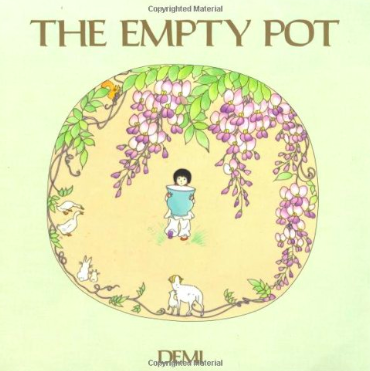
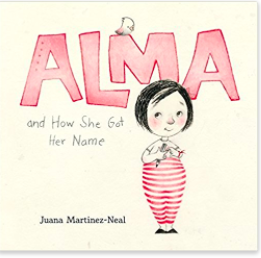
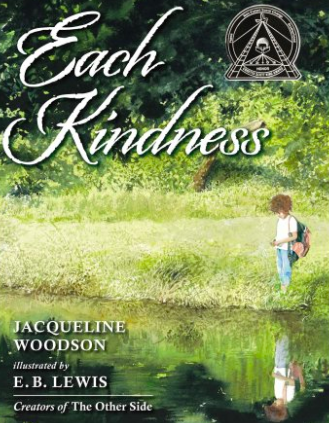
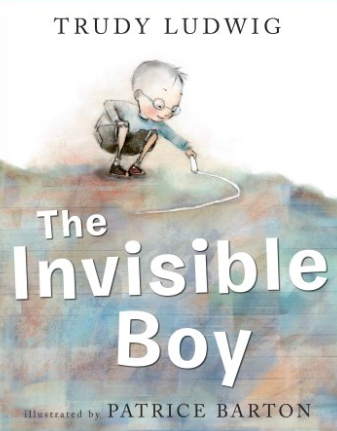
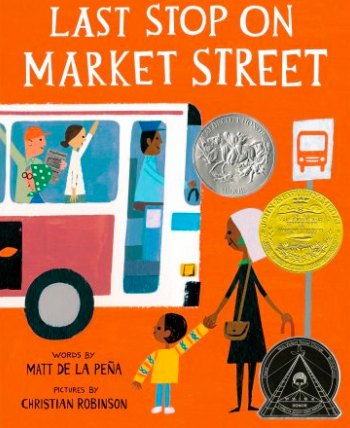
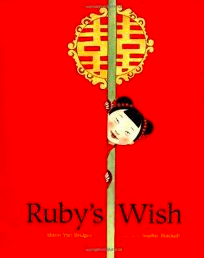
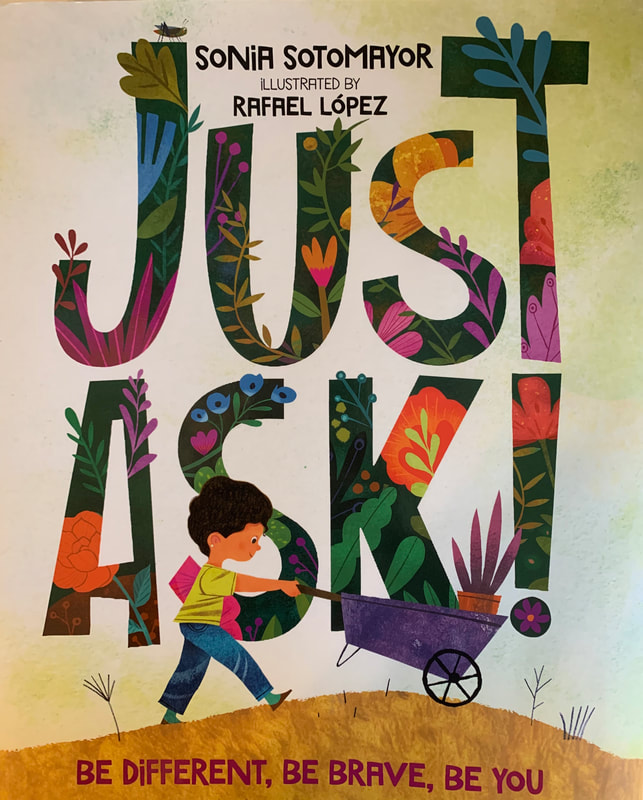
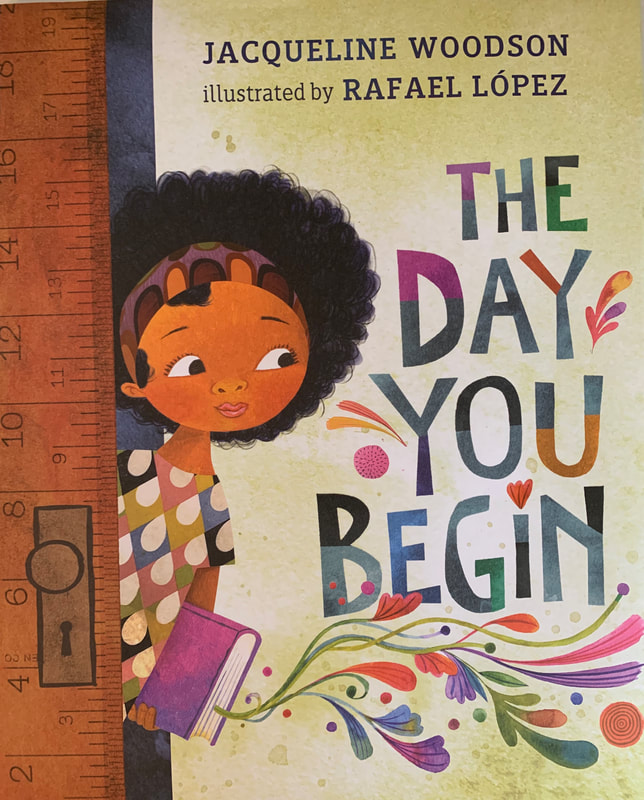
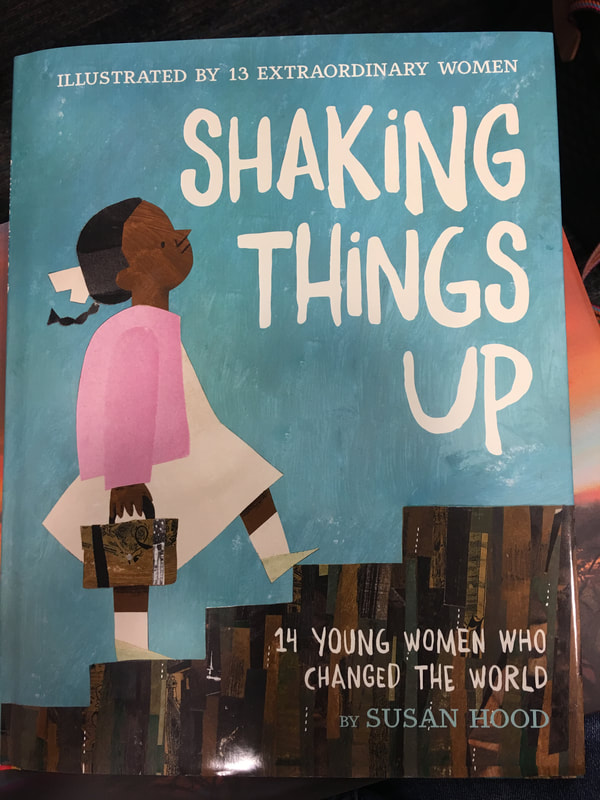
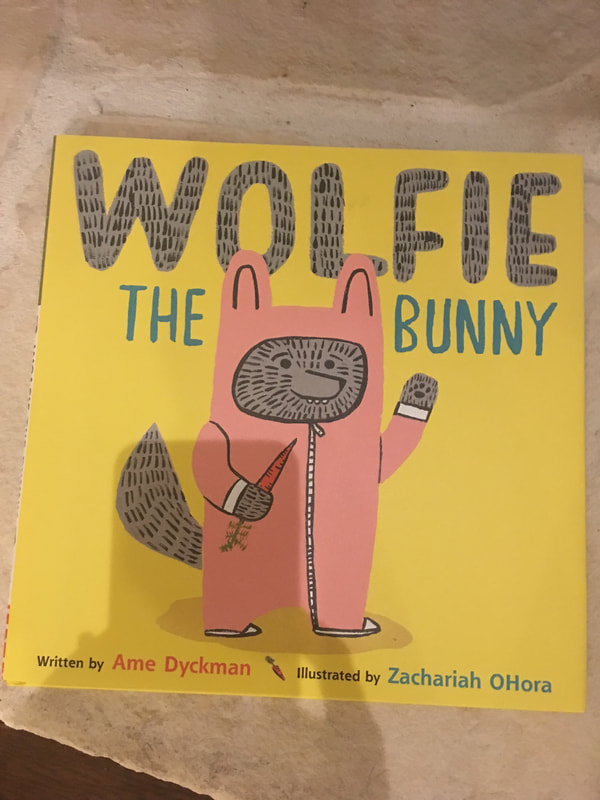

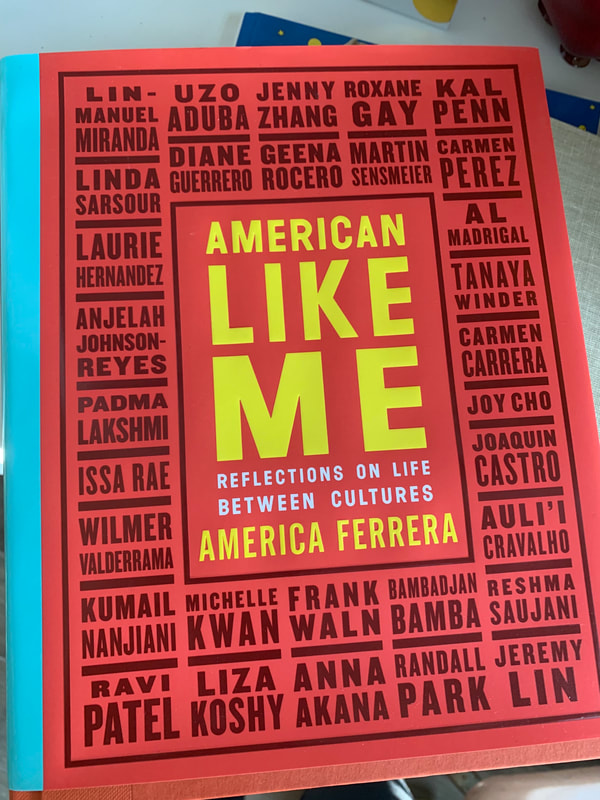
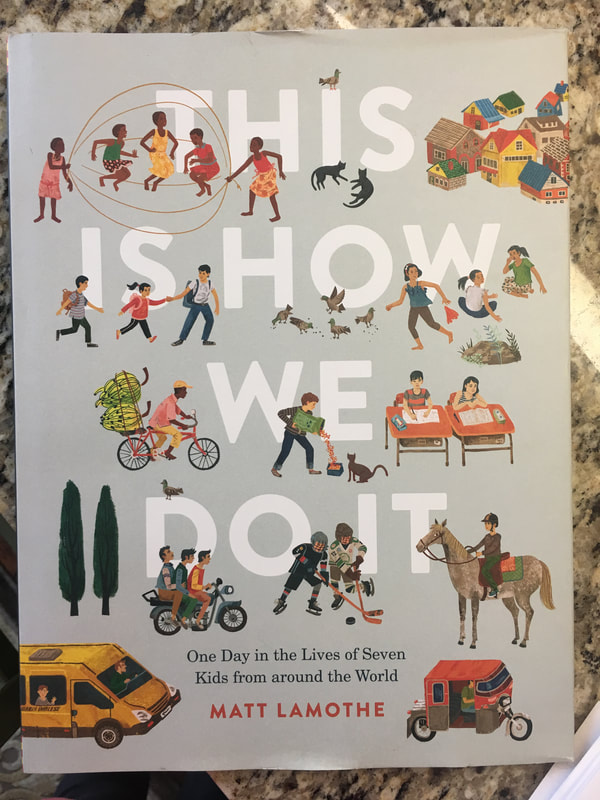
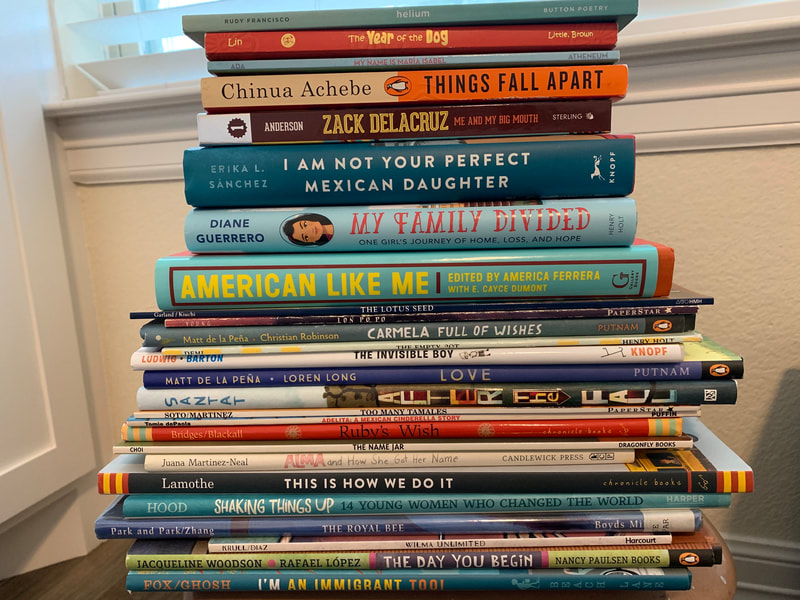
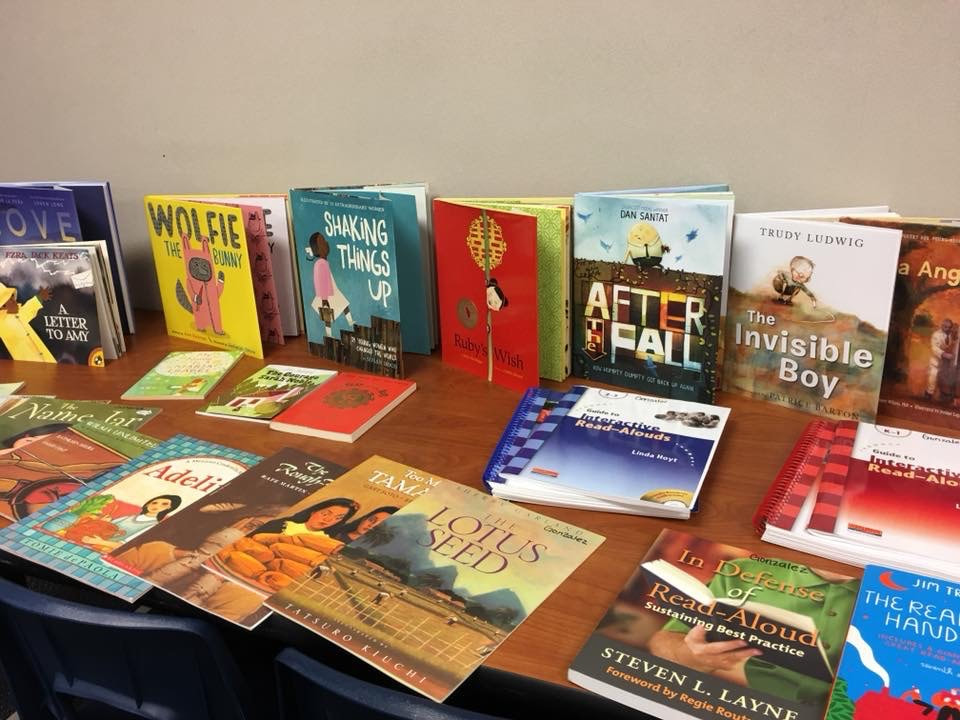
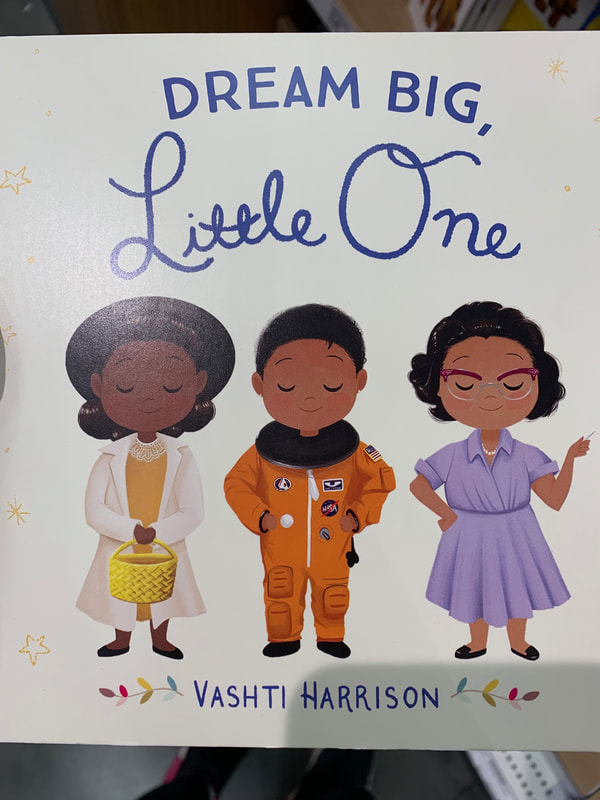
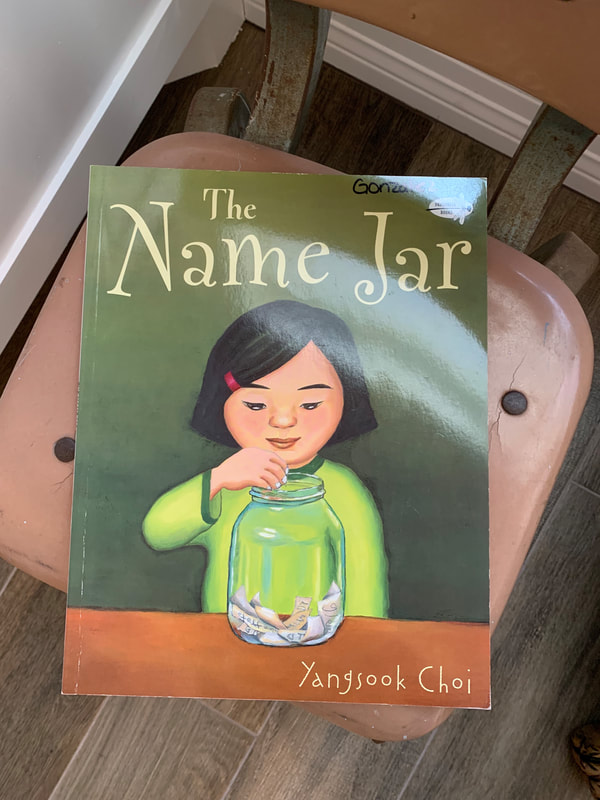
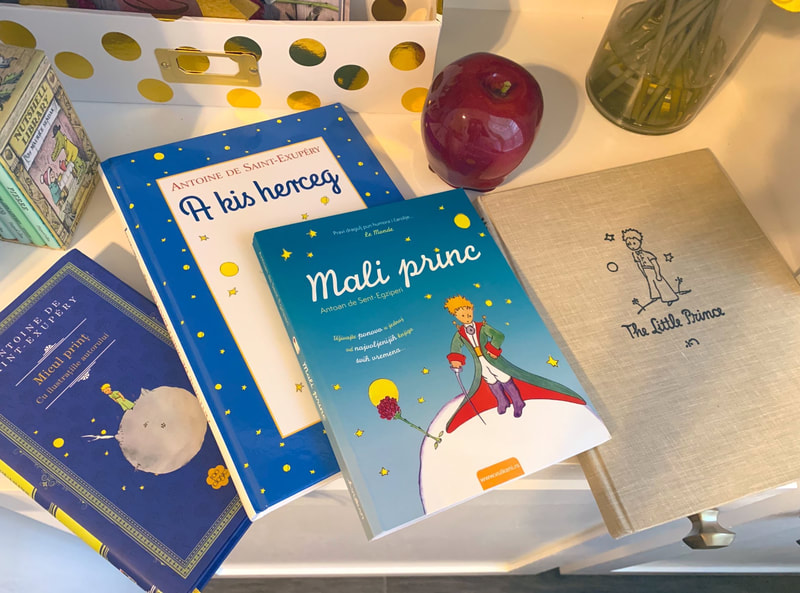
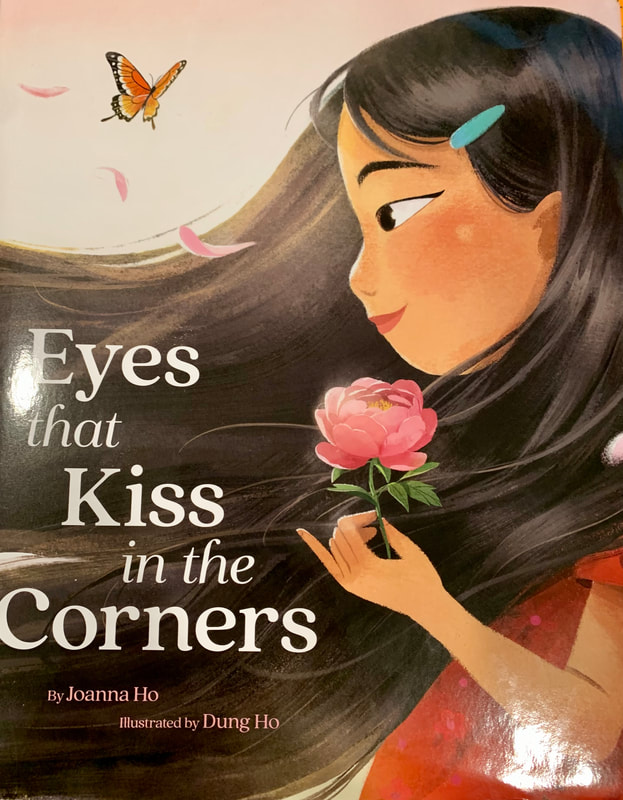
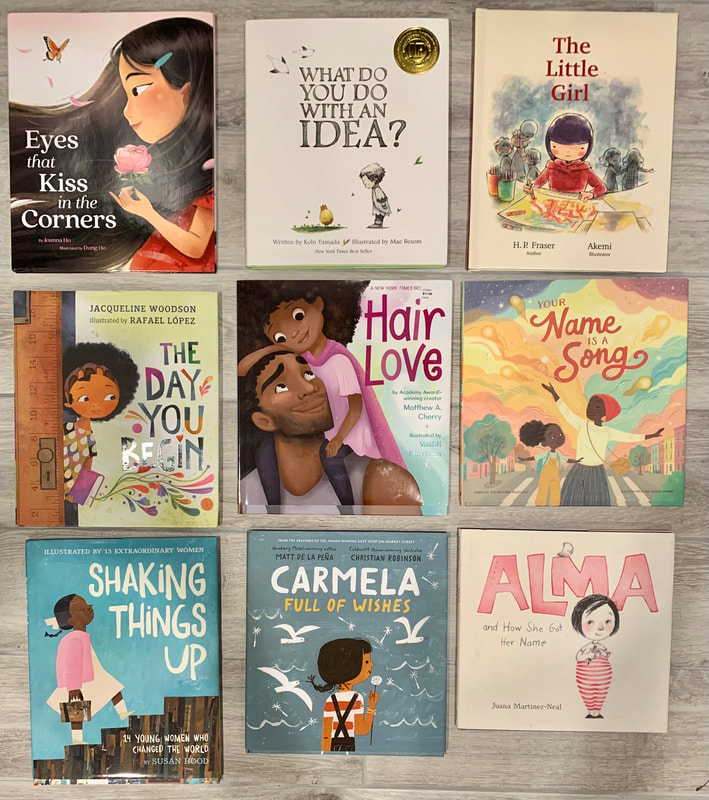
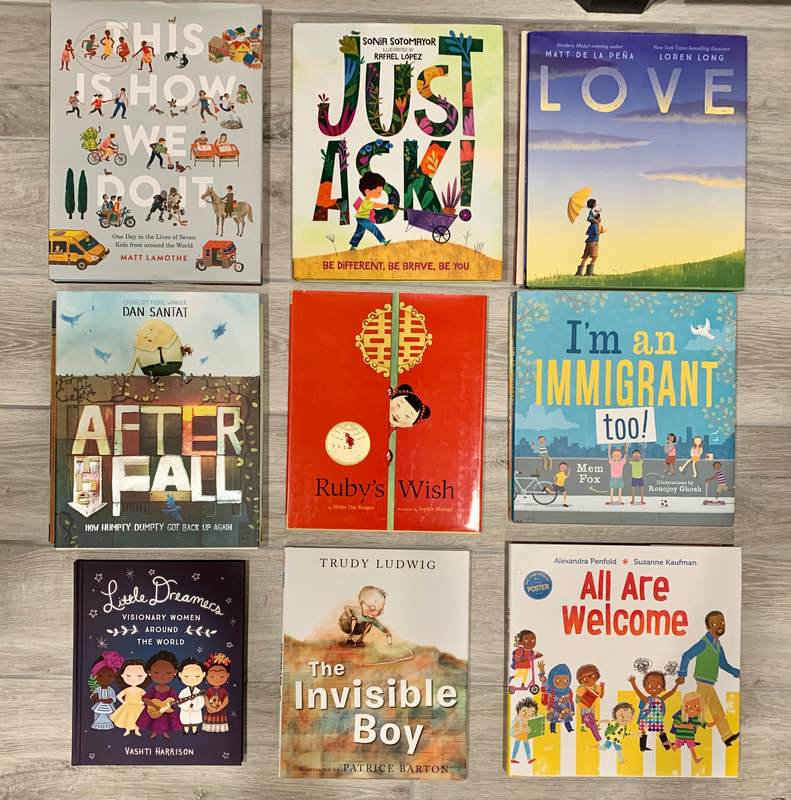
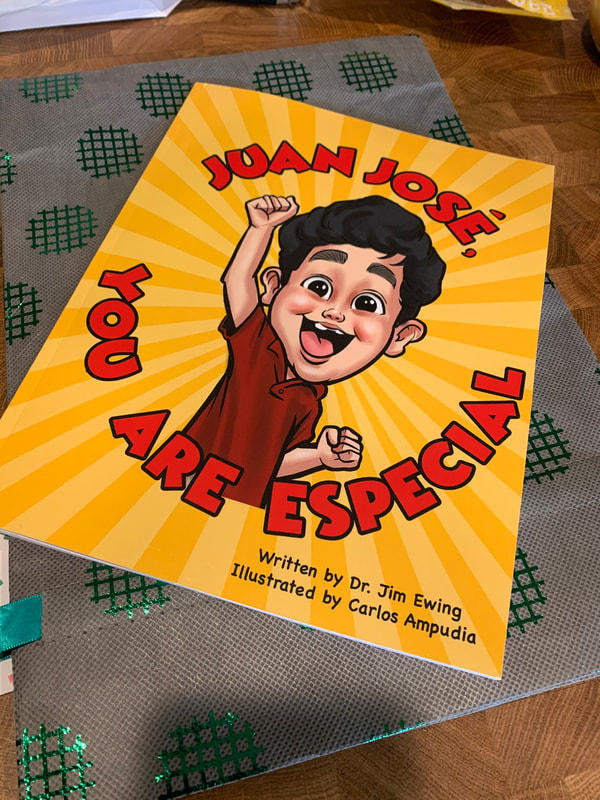
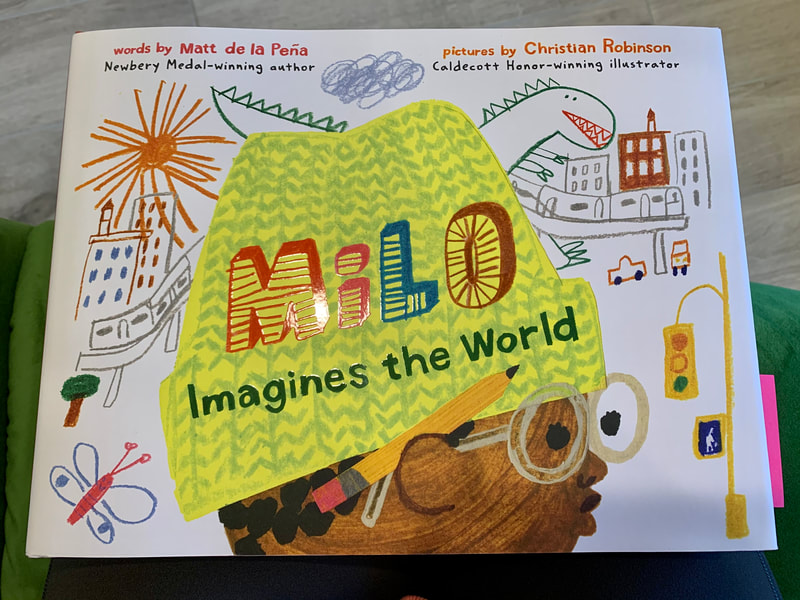
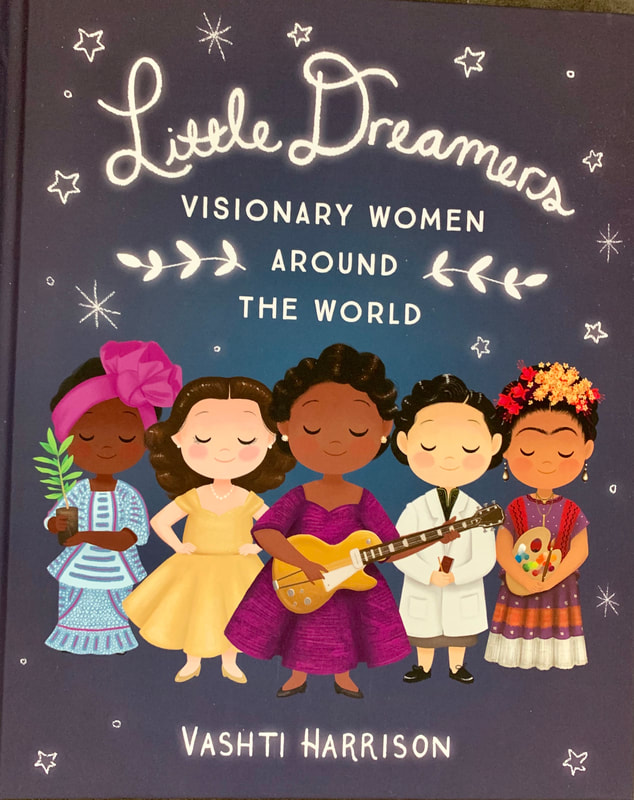
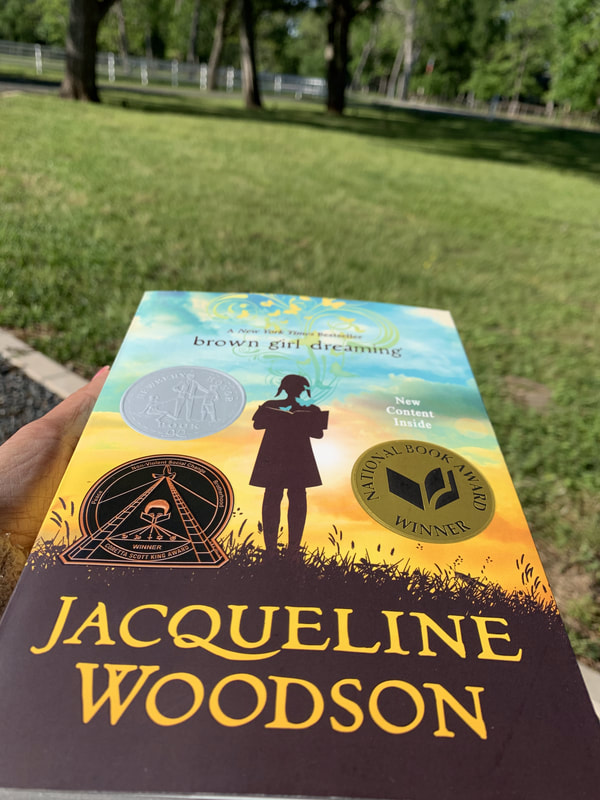
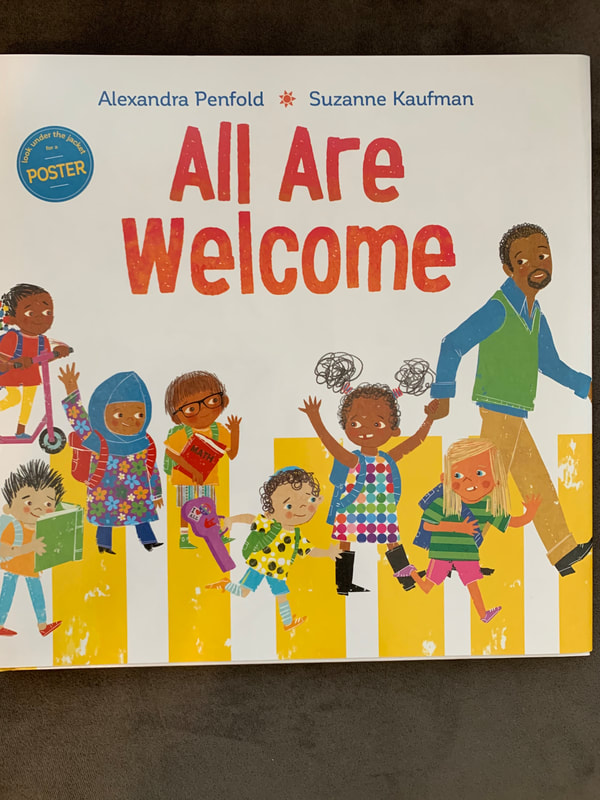
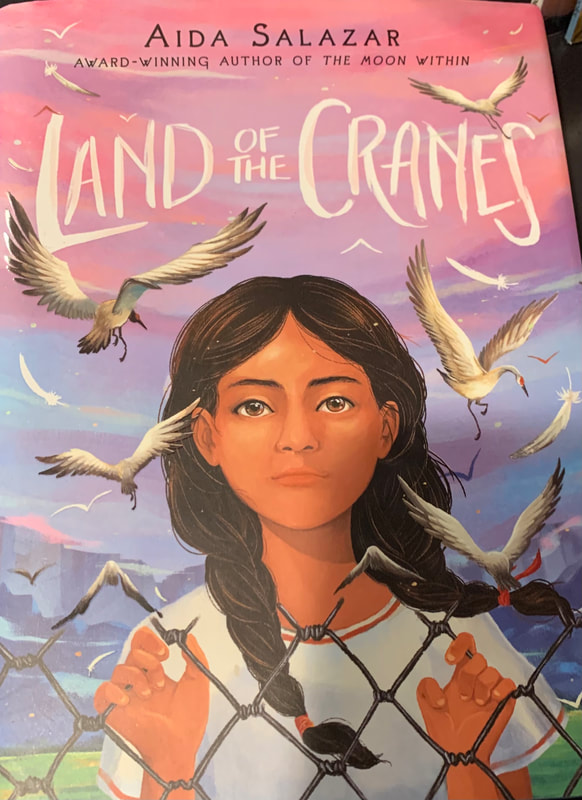
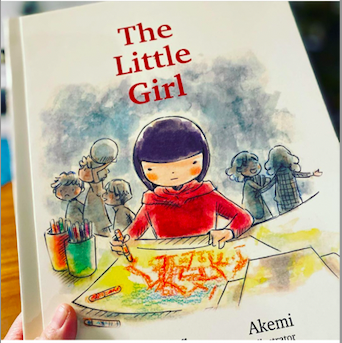
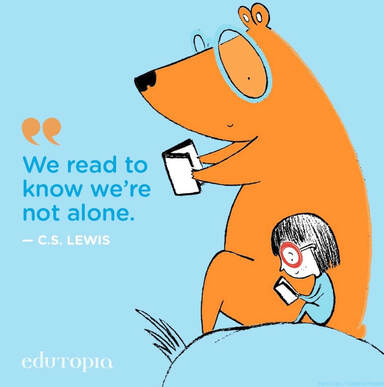
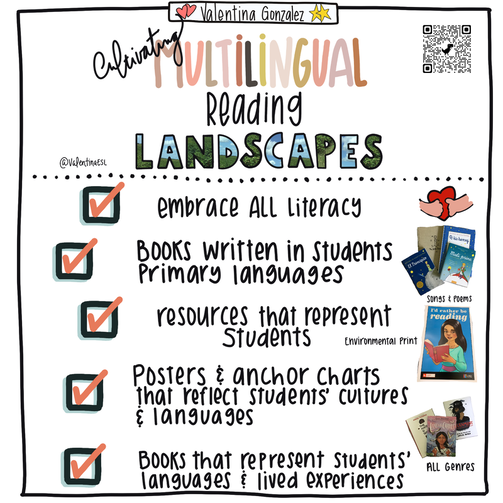
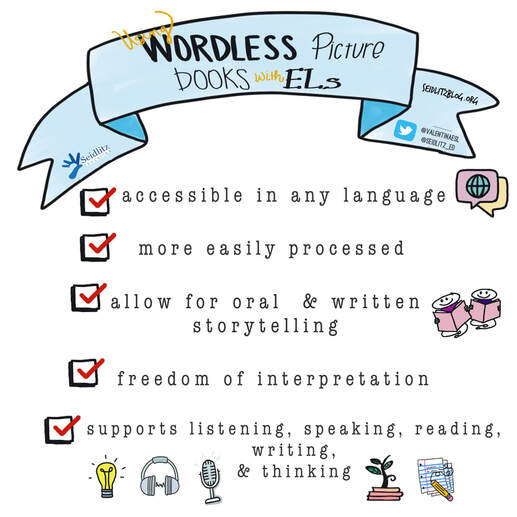
 RSS Feed
RSS Feed
